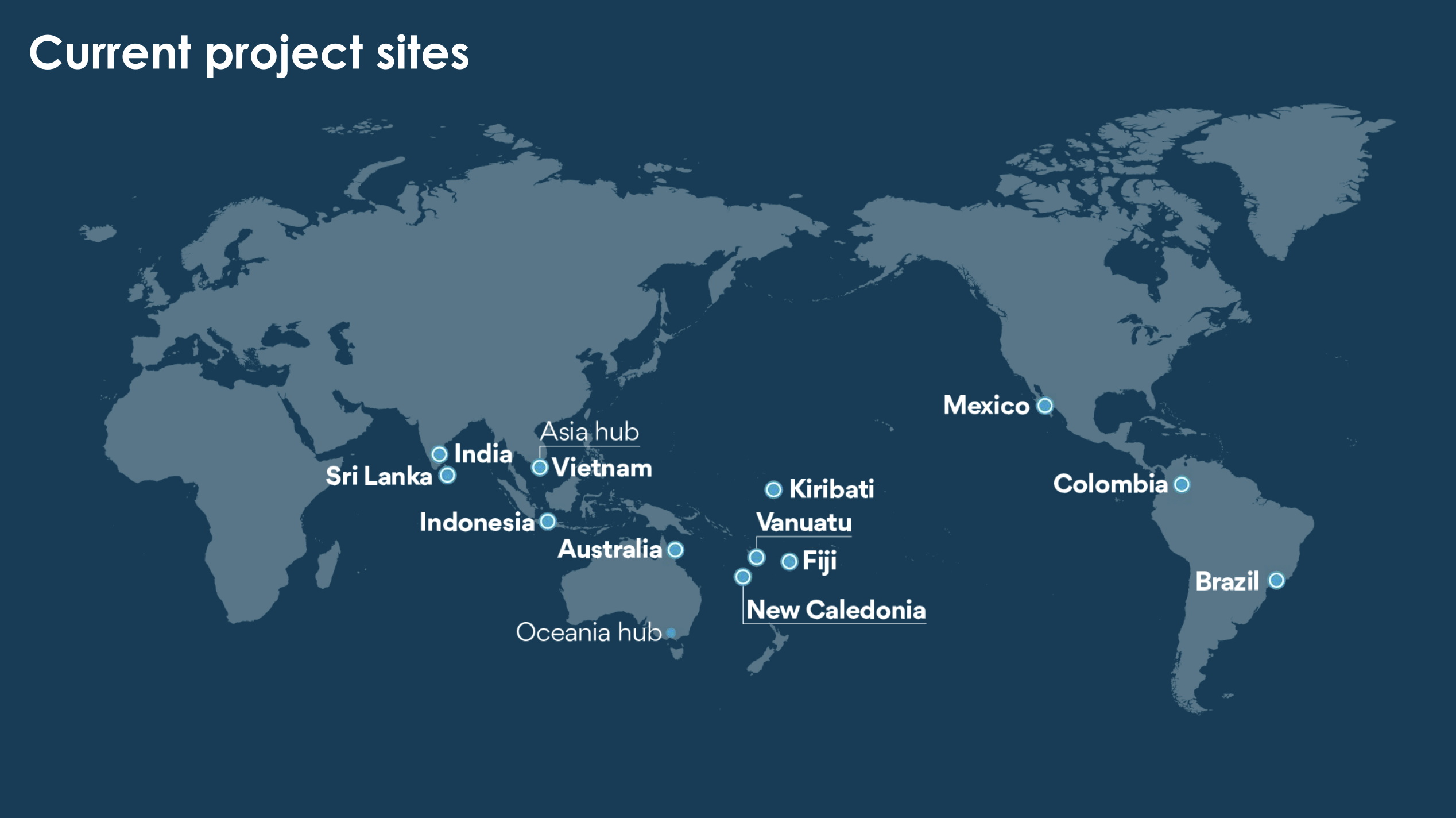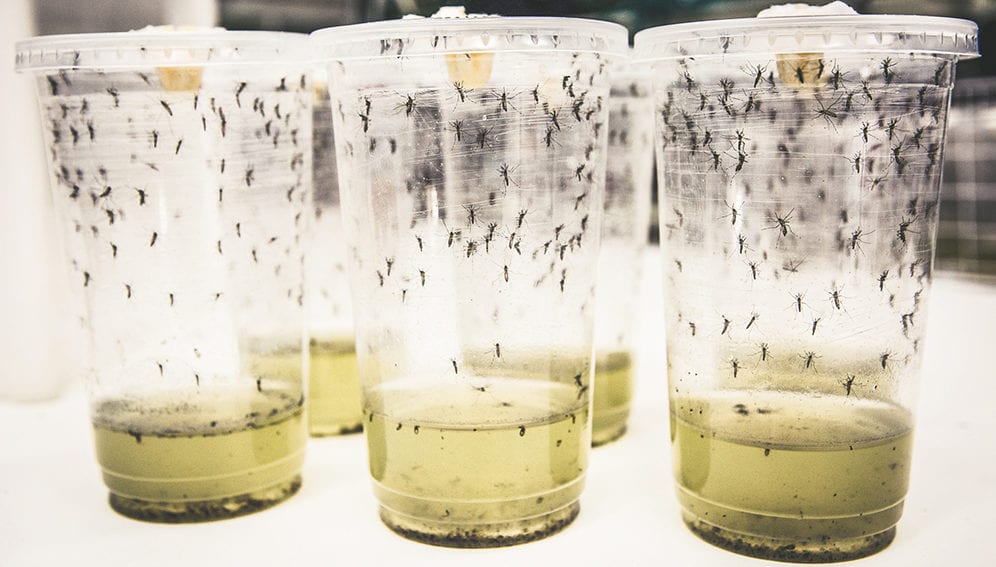Send to a friend
The details you provide on this page will not be used to send unsolicited email, and will not be sold to a 3rd party. See privacy policy.
[SAN JOSE] By infecting mosquitoes with a common bacterium, scientists have in trials reduced the ability of the insect to transmit dengue, chikungunya and other viral diseases by up to 79 per cent, an international meet heard.
The best trial results came from Brazil’s Niterói city, where dengue incidence reduced by 79 per cent and chikungunya by 75 per cent within a year of releasing mosquitoes laboratory-infected with Wolbachia — a common bacterium harmless to humans and the environment.
Scientists from the World Mosquito Program (WMP), who conducted the trials in Australia, Brazil, Indonesia and Vietnam, told the annual meeting of the American Society of Tropical Medicine and Hygiene at Maryland on 21 November that Wolbachia works by inhibiting reproduction of the viral pathogens while inside the mosquitoes.
“We are very encouraged by the public health impact we are seeing — it highlights the potential of this approach to fight dengue and related mosquito-borne diseases at a global scale”
Cameron Simmons, World Mosquito Program
Over the last decade, the programme has released Wolbachia-infected Aedes aegypti mosquitoes – the main vector of dengue, Zika, chikungunya and yellow fever — in several cities around the world.
“We are very encouraged by the public health impact we are seeing — it highlights the potential of this approach to fight dengue and related mosquito-borne diseases at a global scale,” says Cameron Simmons, an expert in dengue epidemiology at the WMP.
The cities of Cairns and Townsville, in Queensland, Australia, which started the trials in 2011, have shown a 96 per cent reduction in dengue incidence and no dengue outbreaks in the past five years. The research also mentioned a reduction in reported dengue cases in a smaller field study in Vinh Luong, Vietnam, in 2018.

The announcement is supported by recent scientific papers. One of them, published in Gates Open Research, relates to the reduction of dengue cases in Australia; another one published in Trials to trials in Yogyakarta, and another in Cell Host & Microbe, shows the potential of the Wolbachia method in dealing with Zika virus transmission.
According to the WMP, there are trials ongoing in Colombia, India, Sri Lanka and the Western Pacific island nations, driven by a large body of evidence indicating that establishing Wolbachia in local mosquito populations could safely reduce dengue infections.
Luciano Moreira, public health researcher for the Oswaldo Cruz Foundation (Fiocruz)’s and the WMP’s programme lead in Brazil, told SciDev.Net that before releasing the mosquitoes, the local community’s approval was obtained. “The contact takes four to six months, and there is interaction with the health sector, as well as with school and social leaders,” she said.
According to Moreira, the Wolbachia method can help developing countries reduce disease burden, especially when used in conjunction with conventional control methods, like mosquito source reduction, insecticides or vaccination.
Data from the World Health Organization (WHO) shows that the incidence of dengue has grown dramatically around the world in recent decades, to 390 million infections per year. There are no drugs to treat the disease and the only licensed dengue vaccine is plagued by safety issues.
A Yogyakarta case analysis published in BMC Medicine concluded that, given early evidence of the method’s epidemiological effectiveness and low cost of implementation, it has an important role to play.
Gonzalo Moratorio, a researcher of viral evolution at Uruguay’s University of the Republic, tells SciDev.Net that the method cuts the transmission cycle of emerging arbovirus by focusing on the transmitting agent – in this case, Aedes aegypti mosquito.
“Today, because of the convergence of phenomena such as exponential population growth, climate change, globalisation, pollution and high rates of microbial evolution, more intervention measures will be needed to control this kind of virus,” he said.
Continuous monitoring and study of both the mosquito’s genetic factors after Wolbachia infection over time, as well as new strains of the virus and bacteria, are fundamental, Moratorio stressed.“Since Wolbachia is a natural parasite, it is already better than insecticides, but continuous monitoring is necessary because not all strains of Wolbachia can interrupt the infection cycle, and there is the risk of generating resistance,” he explained.
This piece was produced by SciDev.Net’s Asia & Pacific and Latin America & Caribbean desks.














